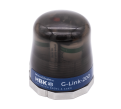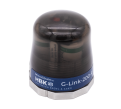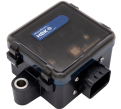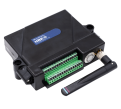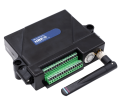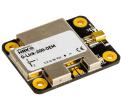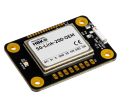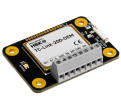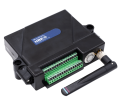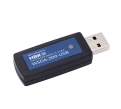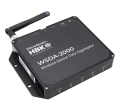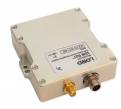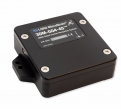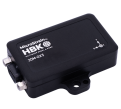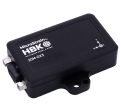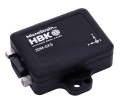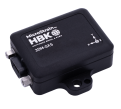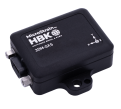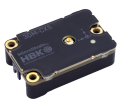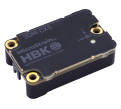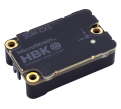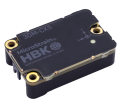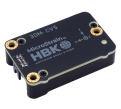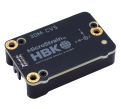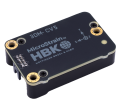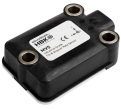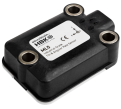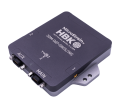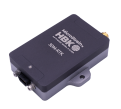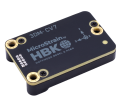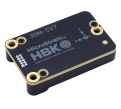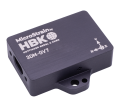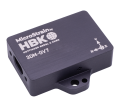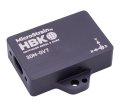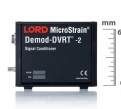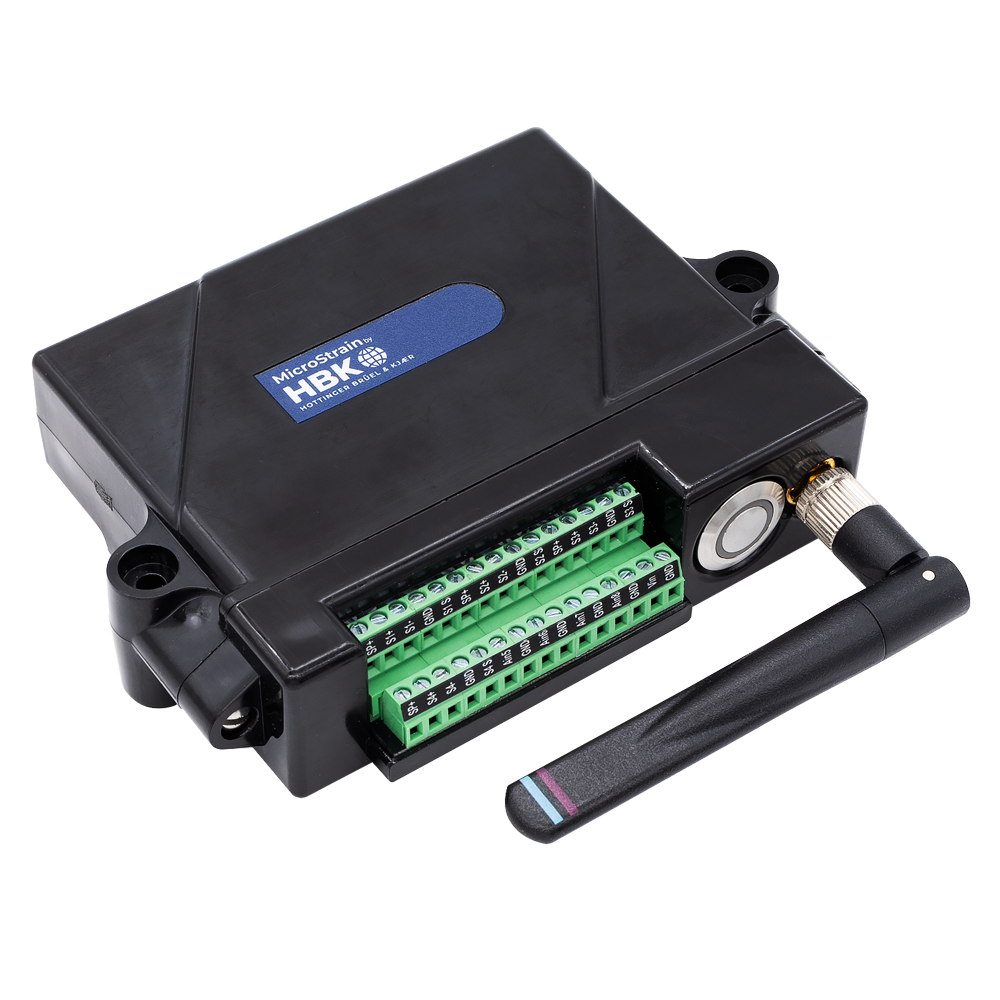
MicroStrain™ Knowledge Base
Select a product family
General Documentation
What is Multipath?
Multipath is the phenomenon whereby a radio signal arrives at a receiver’s antenna by more than one path. This occurs by the reflection, diffraction, or scattering of radio waves from atmospheric ducting, reflection from water bodies or terrestrial objects (like mountains), etc.
Does Multipath impact signal strength?
Yes, multipath propagation of radio signals causes fading of the transmitted signal, which can be indicated by fluctuations in signal strength when received by the signal receiver.
How do I mitigate Multipath?
Pe-position base station or node to mitigate possible multipath interference.
Ensure a clear path to the antenna for the strongest signal, enhancing the strength of the strongest signal AND reducing the strength of the weaker signals.
Learn More: Mutipath Propagation
The Low Battery Indicator is a diagnostic channel that indicates the battery level of the node. It is represented by 3 possible values: 0, 1, and 2.
The “0” value indicates that the battery level is good.
The “1” value indicates that the battery level is low. At this level it is recommended that the batteries be replaced. This indicates that critical battery level is imminent. Please replace batteries when this warning indicator is thrown. Once critical battery level indicator is reached the node will stop sampling.
The “2” value indicates that the battery level is critically low. At this level the node will stop sampling.
The expected battery lifetime depends on a combination of variables, such as the sampling mode, sample rate, RF transmit power, number of active channels, etc. To determine the expected battery life of your node please use the Battery Lifetime link provided on the specific node’s product page on our website.

SensorConnect has to be used our 200 series products, found here. There are many how-to videos to help user's get up and running, found here.
Utilize the Bandwidth Calculator to determine how many nodes can be ran on one base station.
The 200 series wireless nodes have 16 Mbytes of datalogging memory.
Now the question arises, ‘how long can a node datalog before its memory is full?’. The answer is that it varies depending on how many channels are being sampled, sample rate, and data type. Here are two examples:
V-Link-200 set so that channel 1 is enabled with a sample rate 2048 Hz, and data type of Float(4 byte). Our calculation would be:
- 1 channel x 2,048 samples per second = 2,048 data points per second
- 2.048 data points x 4 byte float data packet = 8,192 bytes per second
- 16 MB (rounded down) ÷ 8,192 bytes per second = 1953 seconds (rounded down)
- 1953 seconds ÷ 60 seconds per minute = ~32 minutes to fill the memory
G-Link-200 set so that channels 1, 2 and 3 are enabled with a sample rate of 32 Hz, and data type of int24(3 byte). Our calculation would be:
- 3 channels x 32 samples per second = 96 data points per second
- 96 data points x 3 byte int24 data packet = 288 bytes per second
- 16 MB (rounded down) ÷ 288 bytes per second = 55,555 seconds (rounded down)
- 55,555 seconds ÷ 60 seconds per minute = ~925 minutes (~15 hours) to fill the memory
The V-Link-200 has 4 strain gauge channels that come from the factory set to Full-bridge. When ordering these units, you must specify the bridge completion for each channel. Half and quarter bridge completions are available and channels can be mixed and matched. These completions are accomplished in the factory as part of the final assembly,
See the V-Link 200 user's manual http://www.microstrain.com/sites/default/files/v-link-200_user_manual_85... on how to connect strain gauges (page 44 -45), and pages 57 - 59 on how to calibrate the strain gauge to output µstrain with the V-link-200.
The LORD MicroStrain V-Link-200 supports a wide range of Wheatstone bridge and analog sensors including acceleration, vibration, strain, load cells, torque, pressure, magnetic fields, displacement, etc.
As a basic function of support for these sensors, the node measures small voltages. The nodes can actually be repurposed to measure small currents. This is useful, for example, if one wanted to add the wireless capability of the nodes to a 4 to 20 mA sensor. See pages 50-51 of the V-Link 200 user's manual http://www.microstrain.com/sites/default/files/v-link-200_user_manual_85... for more information.
Microsoft Excel displays the timestamp contained in the wireless node data files incorrectly. If you were to open the CSV file with Microsoft Notepad, you will see that the timestamp is shown properly. In order to get Excel to show the human readable time, follow the below procedure:
- Highlight all of column A (column with the timestamp)
- Right click on highlighted region and select Format cells...
- Select the Number Tab in the window that open and choose Custom from the Category box
- Scroll to the bottom of the list in the Type box, find this entry: m/d/yyyy h:mm and click it
- Add to the entry an :ss.000 so it now looks like this: m/d/yyyy h:mm:ss.000
- Click OK
The timestamp will now be correct.










